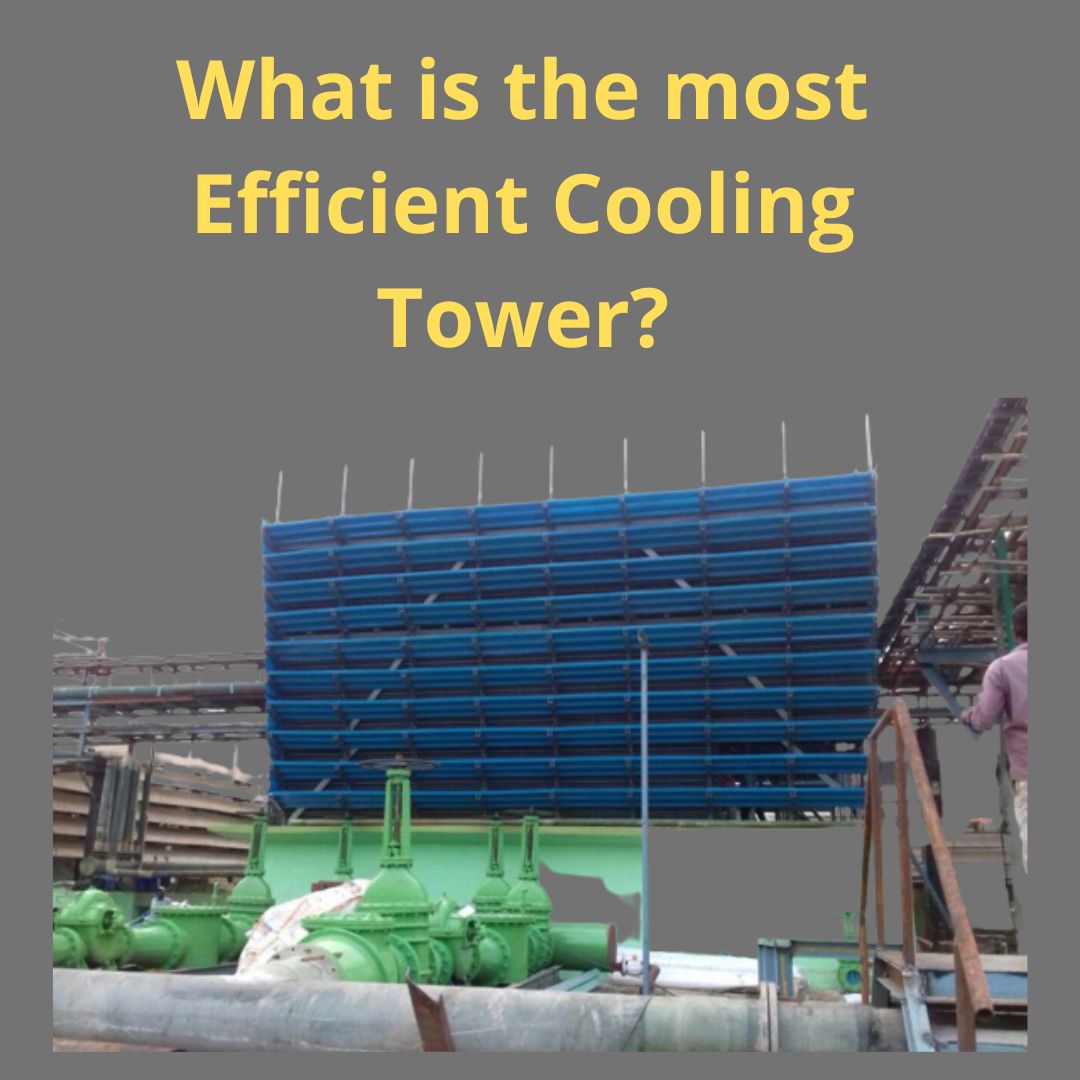It is generally agreed that counter flow systems, which use induced draught, are the more effective of the two. Crossflow towers deliver hot water perpendicular to the air flow, whereas counter flow towers distribute hot water directly into the air flow. Crossflow towers are also known as forced draught towers.
Which type of Cooling Tower is Best?
The hyperbolic cooling tower is a type of natural draught cooling tower that is known for its very high level of efficiency. These cooling towers feature a chimney-stacking design, which allows the warm, moist air inside to be pushed out by the dry, cooler air from outside. The water that is being sprayed over the splash fill at the base of the tower is cooled by the air that is going upward through the tower.
What are the three types of Cooling Towers?
The manner in which water or air move through cooling towers is the primary differentiator between the three primary types of cooling towers. Crossflow, counter flow, and hyperbolic are the three varieties that fall within this category. Induced draught and passive draught cooling towers are the two additional types that may be distinguished only by the type of airflow they utilize. S.G.Cooling Tower specializes in Design, Engineering and Fabrication of different types of cooling towers. S.G.Cooling Tower is Leading Cooling Tower Manufacturer & Supplier in India.
What are Cooling Towers made of?
The usual components of a field-erected cooling tower are a structure made of pultruded fiber-reinforced plastic (FRP), cladding made of FRP, a mechanical unit for air draught, and a drift eliminator.
Galvanized steel is the material of choice for constructing the supporting frame of a cooling tower; however, stainless steel can also be used. Casing panels made of fiberglass-reinforced polyester, steel, or stainless steel, all of which offer increased resistance to corrosion, are also available as options.
What is the Best type of Cooling Tower for Tropical Climates?
The weather conditions have the potential to have some kind of impact on the functioning of cooling towers. This is mostly due to the fact that cooling towers rely on the air and water supply around them in order to accomplish their job.
The air is typically hot and humid where tropical conditions are present. As a result of this circumstance, cooling towers will have to make a significantly greater effort to bring the temperature of the air that they release down to a more acceptable level. This will result in an increase in the amount of water used as well as the electricity used by the fan.
When contrasting crossflow cooling towers with counter flow cooling towers, the most important thing to remember about crossflow cooling towers is that they function more effectively in warmer climes and in settings where low noise levels are required.

